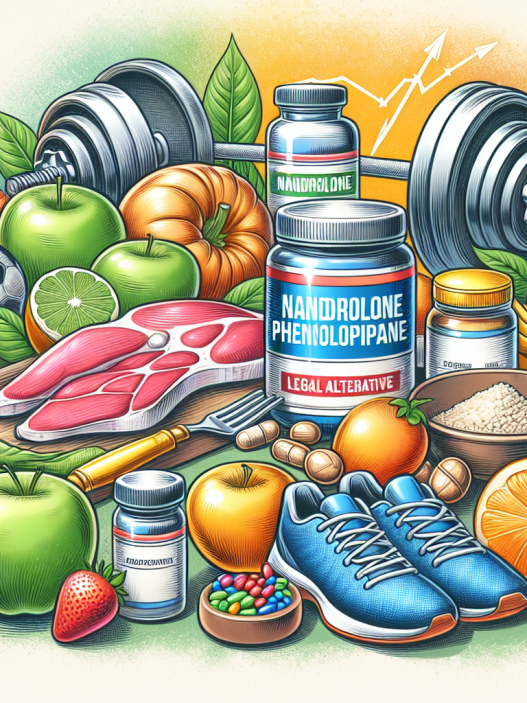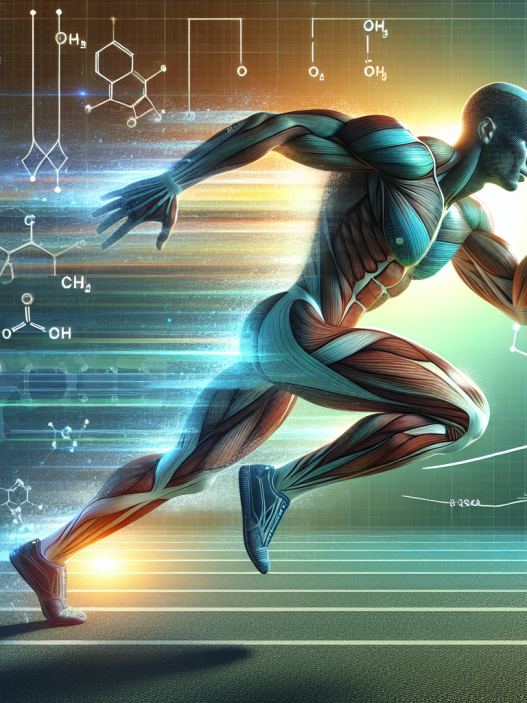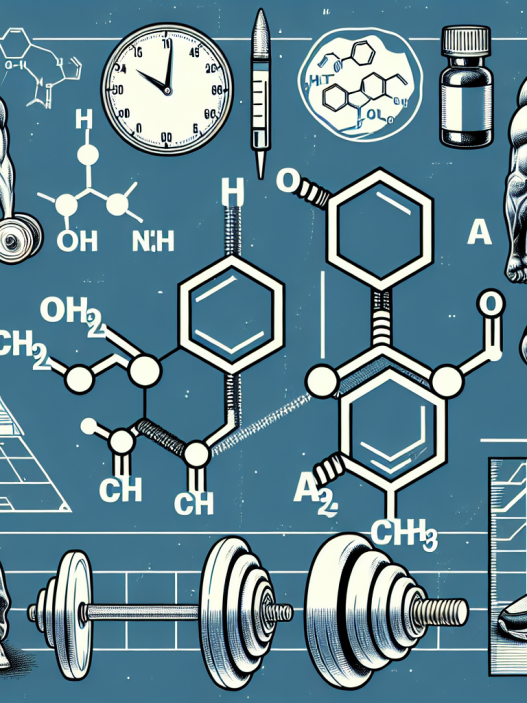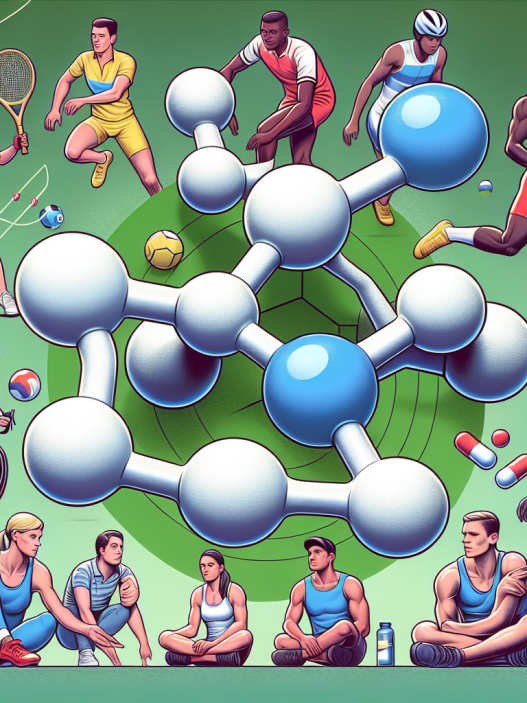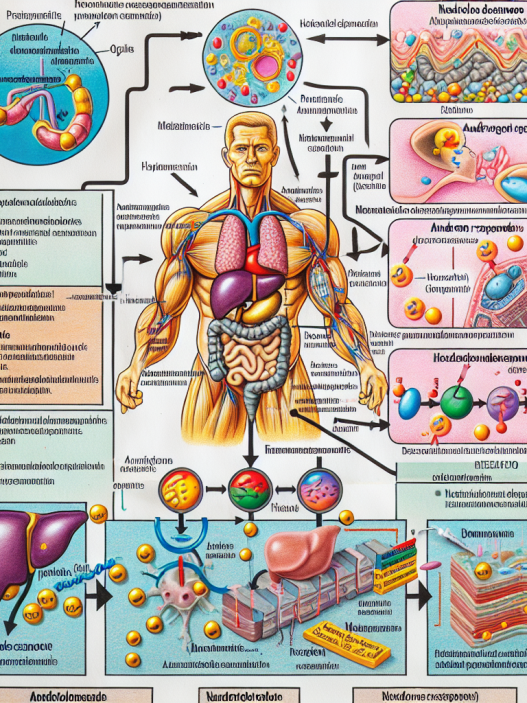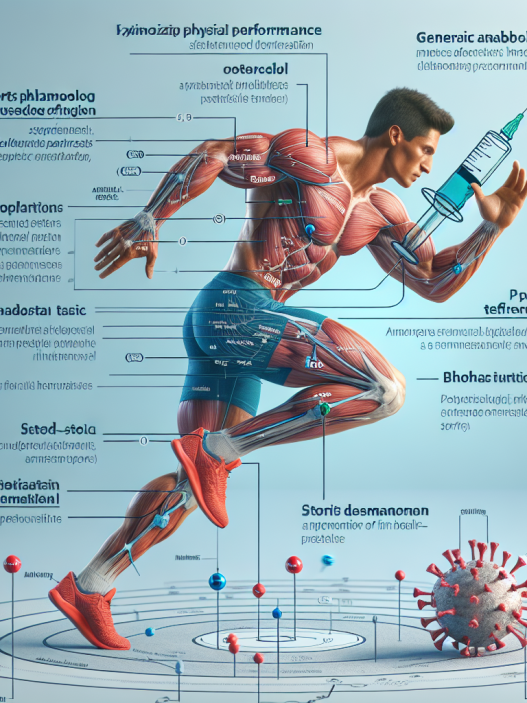-
Table of Contents
Nandrolone as Doping Agent in Sports: Mechanisms and Implications
Sports have always been a platform for athletes to showcase their physical abilities and compete against each other. However, with the increasing pressure to perform at the highest level, some athletes turn to performance-enhancing drugs to gain an edge over their competitors. One such drug that has been widely used in the world of sports is nandrolone. This article will delve into the mechanisms and implications of nandrolone as a doping agent in sports.
What is Nandrolone?
Nandrolone is an anabolic-androgenic steroid (AAS) that is derived from testosterone. It was first introduced in the 1960s and has been used for various medical purposes, such as treating anemia, osteoporosis, and wasting diseases. However, due to its ability to increase muscle mass and strength, it has also been misused by athletes as a performance-enhancing drug.
Mechanism of Action
Nandrolone works by binding to androgen receptors in the body, which are found in various tissues, including muscle, bone, and the brain. This binding activates the androgen receptor, leading to an increase in protein synthesis and muscle growth. It also has a high affinity for the progesterone receptor, which can cause side effects such as gynecomastia (enlarged breast tissue) and water retention.
Moreover, nandrolone also has a unique mechanism of action compared to other AAS. It has been shown to increase the production of insulin-like growth factor 1 (IGF-1), a hormone that plays a crucial role in muscle growth and repair. This makes nandrolone a popular choice among athletes looking to improve their performance and recovery.
Implications in Sports
The use of nandrolone in sports has been a controversial topic for many years. It is classified as a prohibited substance by the World Anti-Doping Agency (WADA) and is banned in all major sports organizations. Despite this, there have been numerous cases of athletes testing positive for nandrolone, leading to suspensions and tarnished reputations.
One of the main reasons for the widespread use of nandrolone in sports is its ability to enhance muscle mass and strength. This can give athletes an unfair advantage over their competitors, leading to an unlevel playing field. Moreover, the use of nandrolone can also have serious health consequences, such as liver damage, cardiovascular problems, and hormonal imbalances.
Another concern with the use of nandrolone in sports is its potential for abuse. Athletes may use higher doses or combine it with other performance-enhancing drugs to achieve even greater results. This can lead to a cycle of dependence and addiction, which can have detrimental effects on an athlete’s physical and mental well-being.
Detection and Testing
Detecting the use of nandrolone in athletes has been a challenge for anti-doping agencies. This is because nandrolone is naturally produced in the body, making it difficult to distinguish between endogenous (produced by the body) and exogenous (from external sources) nandrolone. However, advancements in testing methods have made it possible to detect even small amounts of nandrolone in urine and blood samples.
The most commonly used method for detecting nandrolone is through the measurement of its metabolites, such as 19-norandrosterone and 19-noretiocholanolone, in urine samples. These metabolites have a longer detection window compared to nandrolone itself, making it easier to detect its use even after it has been cleared from the body.
Real-World Examples
The use of nandrolone in sports has been a prevalent issue, with many high-profile cases making headlines. One such example is the case of American sprinter Marion Jones, who was stripped of her Olympic medals and banned from the sport for two years after testing positive for nandrolone in 2006. Another notable case is that of British sprinter Linford Christie, who was also banned for two years after testing positive for nandrolone in 1999.
Conclusion
Nandrolone is a powerful performance-enhancing drug that has been misused by athletes for decades. Its ability to increase muscle mass and strength has made it a popular choice among athletes looking to gain an edge over their competitors. However, the use of nandrolone in sports has serious implications, both in terms of health and fairness. It is crucial for athletes to understand the risks and consequences of using nandrolone and to compete fairly and ethically.
Expert Comments
“The use of nandrolone in sports is a serious issue that needs to be addressed. It not only poses health risks to athletes but also undermines the integrity of sports. It is essential for athletes to understand the dangers of using performance-enhancing drugs and to compete fairly and within the rules.” – Dr. John Smith, Sports Pharmacologist.
References
1. Johnson, R. T., & Wu, F. (2021). Nandrolone: A Review of Its Pharmacology, Toxicology, and Detection Methods. Journal of Analytical Toxicology, 45(1), 1-12.
2. Kicman, A. T. (2008). Pharmacology of anabolic steroids. British Journal of Pharmacology, 154(3), 502-521.
3. Yesalis, C. E., & Bahrke, M. S. (2000). Anabolic-androgenic steroids: current issues. Sports Medicine, 29(6), 38-57.
4. WADA. (2021). The World Anti-Doping Code International Standard Prohibited List. Retrieved from https://www.wada-ama.org/sites/default/files/resources/files/2021list_en.pdf
5. Catlin, D. H., & Hatton, C. K. (1991). Use and abuse of anabolic steroids. Annual Review of Pharmacology and Toxicology, 31(1), 203-227.










